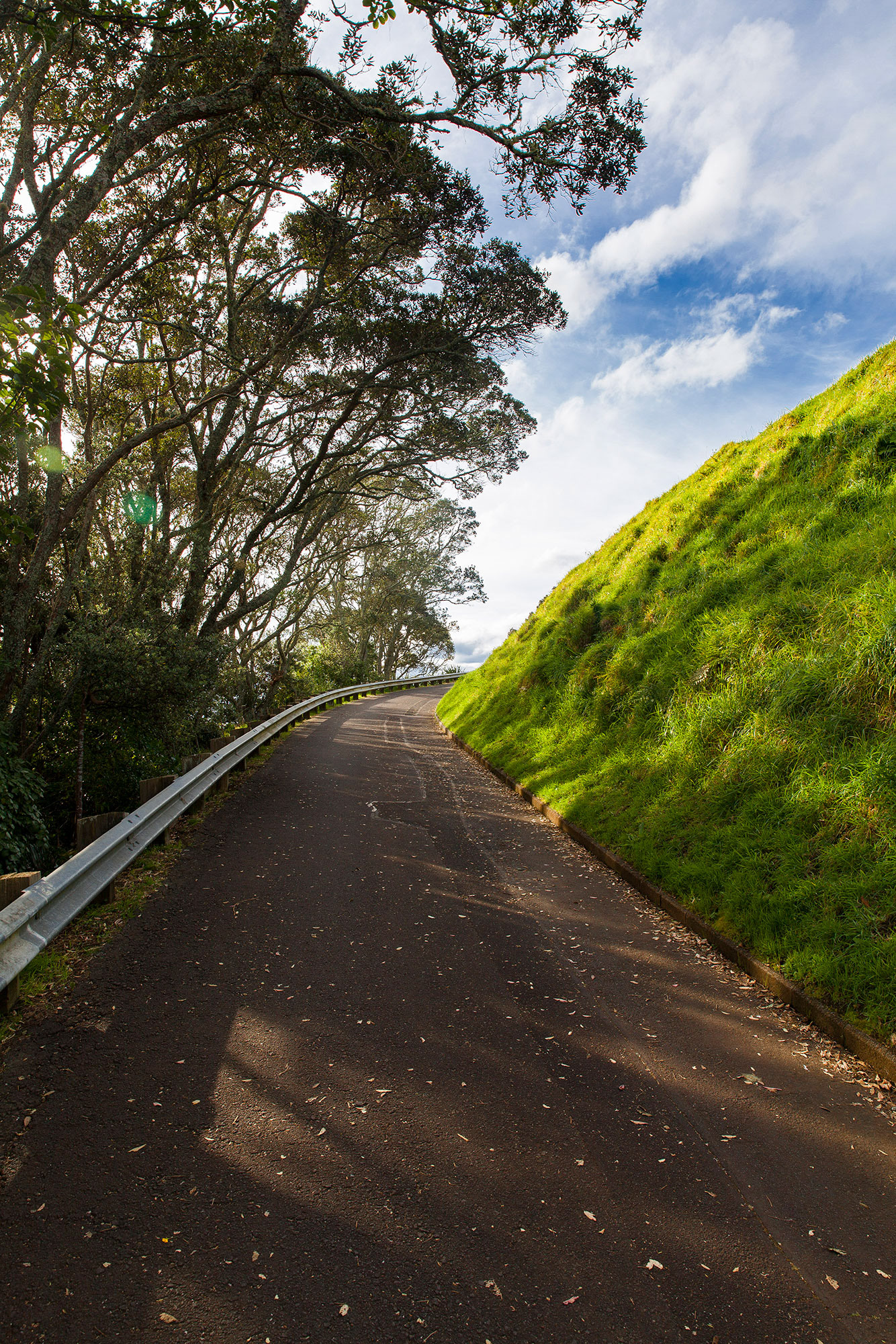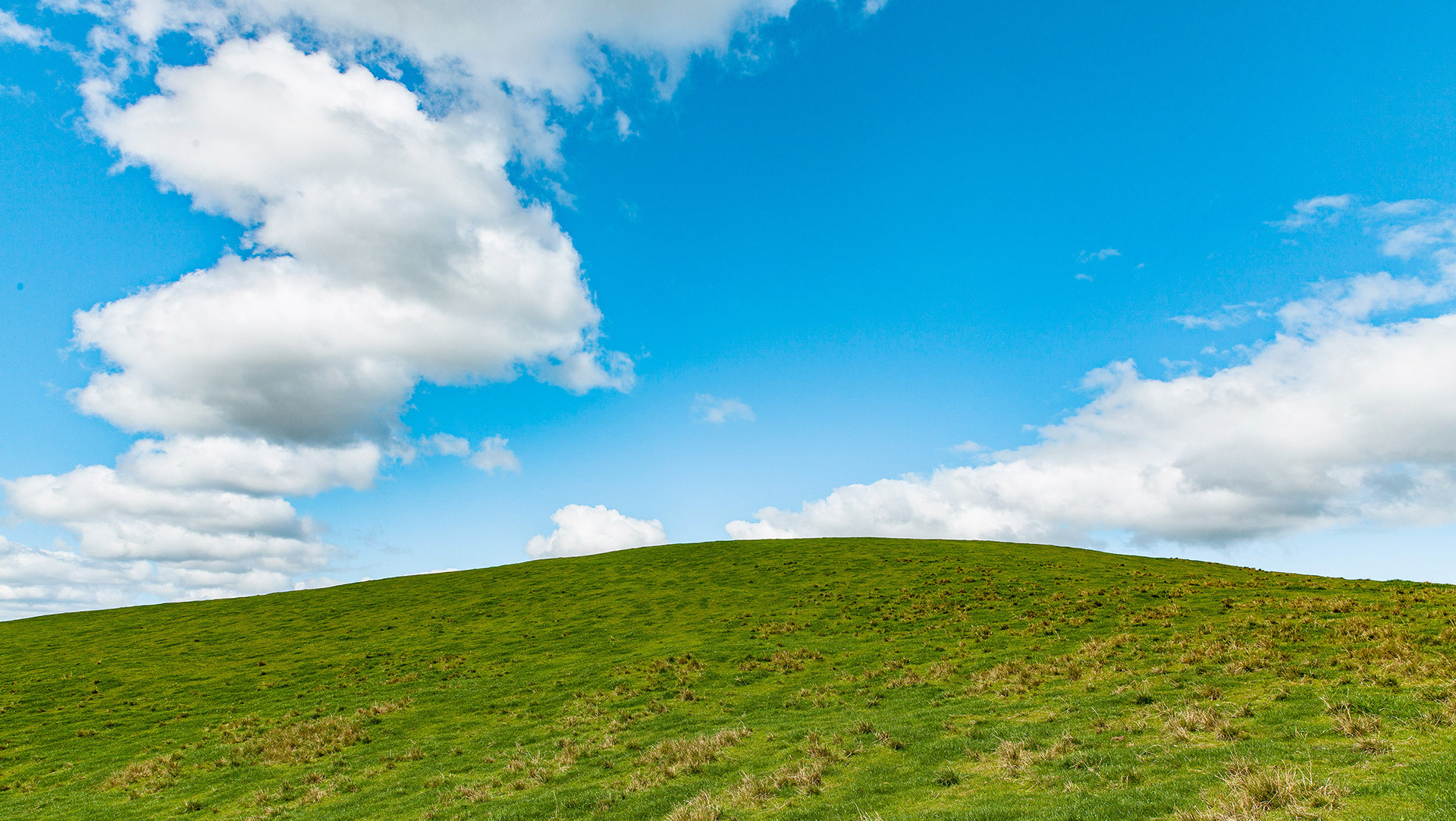Auckland is a modern cosmopolitan city with a population of over 1.65 million people — roughly one-third of New Zealand's entire population resides in Auckland. The city and suburbs have developed within the same time frame and similar urban patterns as California (Los Angeles and Auckland have shared urban planning designs and are sister cities). Today the city and suburbs sprawl over a large urban area, hemmed to the east and west by two large harbors (Waitemata and Manukau) and ocean (the Pacific Ocean and the Tasman Sea) beyond.
City Skyline from Mountain Eden
Mount Eden Park


Cherry tree is blooming in spring.
Because of its large geographic sprawl (and urban design focus on motorway systems) public transport can be frustrating and is not cheap by international comparisons - however - most destinations within 5km of the CBD and of appeal to visitors are served by frequent bus, train and ferry services from the Britomart transport centre (located in the downtown area of the CBD). An information desk operates at the ferry building and from inside the street level entrance to the train station with information for all public transport options across the city.
Sky tower
A bridge in botanic park
A lonely tree in eden park


Auckland is in a temperate climate zone and does not experience hot or cold extremes at any time of year. The summer months are December to March. The sun is very strong during this time and it is advisable to use sunscreen and cover skin from prolonged exposure. April to June brings cooler temperatures and rain toward the end of June which persists through winter until September and October. Westerly airstreams predominate throughout the year and there's occasional high altitude haze from summer wildfires in Australia; making for spectacular sunsets.
A small park in my living area
City center of Auckland
Humid and moist conditions are usual in all seasons. There is no monsoon but tropical cyclones spin down from the Pacific Islands a couple of times a year bringing damaging winds and heavy rain. Rainfall is never far away especially outside the summer months - outdoor activities should be planned with an alternative inside option in case it rains. Localized tornadoes occur infrequently in summer months (they have always occurred but only recently been reported as the areas where they occur have only been developed within the last decade).









